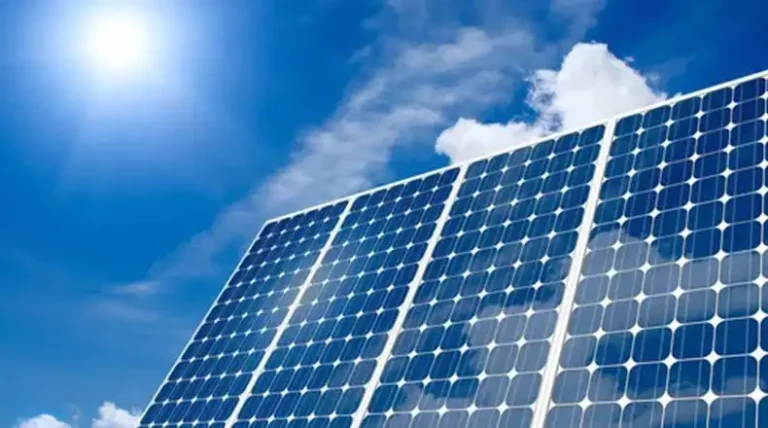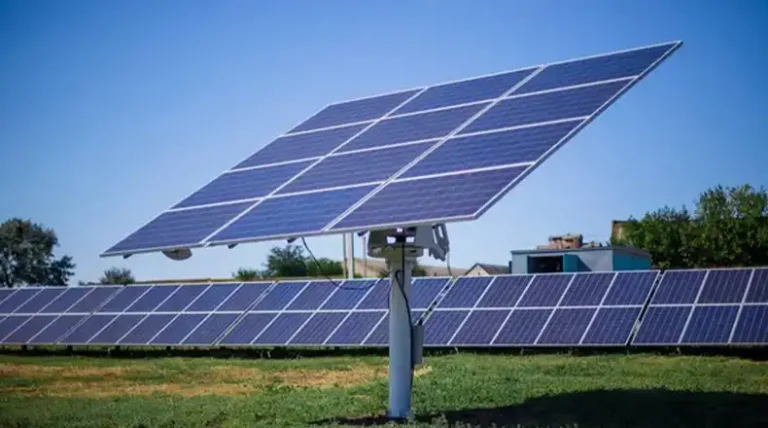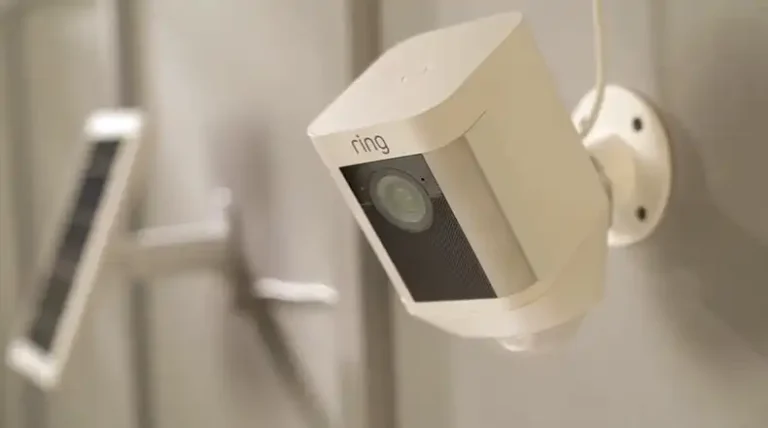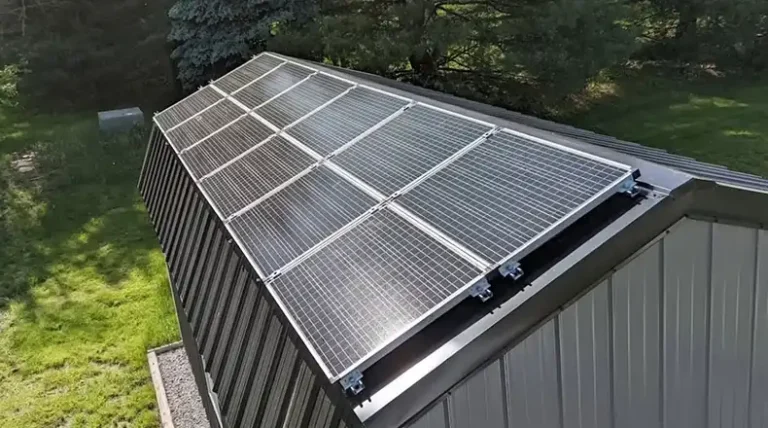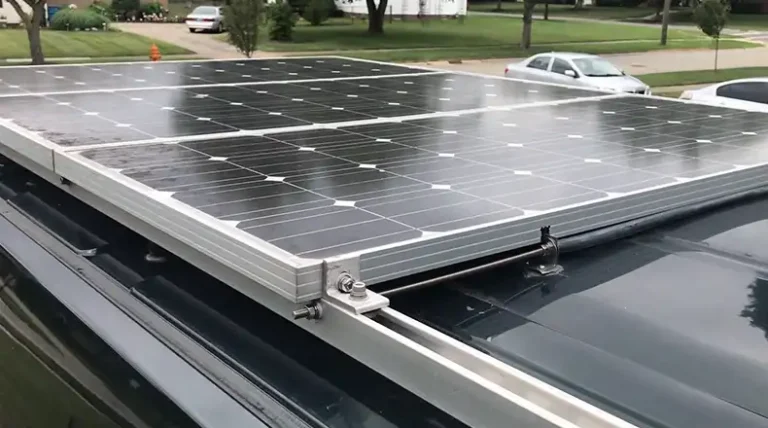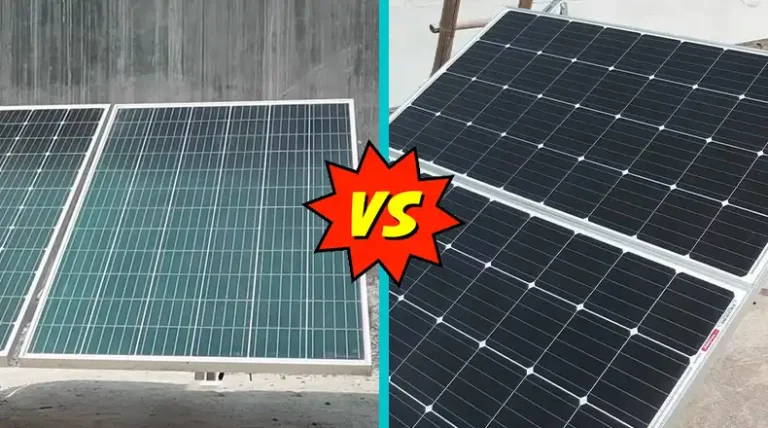Solar Panel Cleaning Checklist For 2024
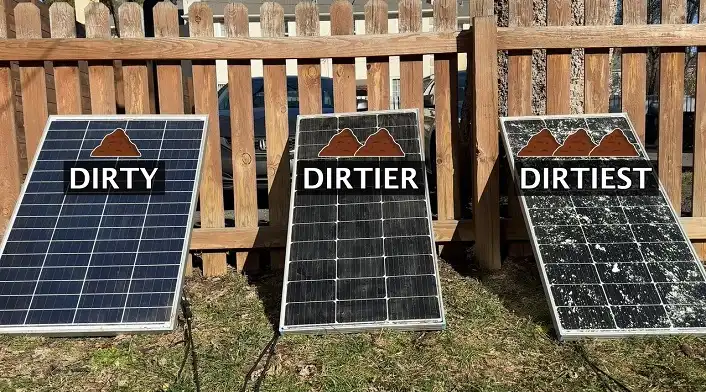
Keeping your solar panels clean is a crucial aspect of maintaining your solar energy system’s efficiency and longevity.
While solar panels are designed to be low-maintenance, regular cleaning can significantly boost their performance and ensure you’re getting the most out of your investment.
In this comprehensive guide, we’ll walk you through a solar panel cleaning checklist that covers everything from DIY techniques to when it’s time to call in the professionals.
By following these steps, you can maximize your system’s energy production and potentially save on long-term maintenance costs.
Remember, a clean solar panel is an efficient solar panel, and with proper care, your system can continue to deliver clean, renewable energy for decades to come.
Whether you’re a new solar system owner or looking to optimize your existing setup, this checklist will help you keep your panels in top condition, ensuring they capture every possible ray of sunlight.
Solar Panel Cleaning Checklist
Regular cleaning of your solar panels can significantly improve their efficiency and performance. Here’s a checklist to guide you through the process:
1. Choose the Right Time
The best time to clean your solar panels is either early in the morning or late in the afternoon. Cleaning during these times ensures that the panels are cool, which prevents the water from evaporating too quickly and leaving streaks.
Avoid cleaning on a sunny day when the panels are hot, as this can cause the water to evaporate too fast and potentially damage the panels due to thermal shock.
2. Use Proper Cleaning Tools
Use a soft brush or sponge, a squeegee, and a bucket of lukewarm water with mild soap. Avoid using abrasive materials, harsh chemicals, or high-pressure water sprayers, as these can scratch or damage the panels.
A garden hose with a gentle spray nozzle is ideal for rinsing the panels. Proper tools ensure an effective clean without harming your solar panels.
3. Remove Loose Debris First
Start by removing any loose debris, such as leaves, dust, or bird droppings, from the surface of the panels. You can use a soft brush or a leaf blower for this step.
Clearing away the loose debris first makes the subsequent cleaning steps more effective and prevents scratching the panels during the washing process.
4. Wash Gently
After removing loose debris, gently wash the panels with a soft brush or sponge and the soapy water. Be careful not to apply too much pressure as this could cause damage.
\Move in circular motions to lift dirt and grime without scratching the surface. The key is to be gentle yet thorough to maintain the integrity and efficiency of your solar panels.
5. Rinse Thoroughly
Once you’ve washed the panels, rinse them thoroughly with clean water using a garden hose with a gentle spray.
Make sure to remove all the soap residue, as any remaining soap can form a film that reduces the panels’ efficiency. A thorough rinse ensures that your solar panels are left clean and streak-free.
6. Dry with Care
Use a squeegee or a soft, lint-free cloth to dry the panels. This step helps to prevent water spots and streaks, which can affect the performance of your solar panels.
Work methodically to ensure all water is removed, especially from the corners and edges. Proper drying is essential for maintaining the appearance and functionality of your solar panels.
7. Inspect for Damage
After cleaning, take the time to inspect your solar panels for any signs of damage, such as cracks or loose wiring.
Identifying and addressing issues early can prevent more significant problems down the line and ensure that your solar panels continue to operate efficiently.
Regular inspections help in maintaining the longevity and effectiveness of your solar energy system.
8. Maintain Regular Cleaning Schedule
Establish a regular cleaning schedule based on your local environment and weather conditions. For example, in dusty or pollen-heavy areas, more frequent cleaning may be necessary.
Regular maintenance ensures that your solar panels remain in optimal condition, maximizing their efficiency and your energy savings. A consistent schedule helps in sustaining the performance and lifespan of your solar panels.
DIY Solar Panel Cleaning
Cleaning your solar panels can be a straightforward DIY task if you have the right tools and follow proper safety procedures. Here’s a comprehensive checklist to guide you through the process:
Safety Precautions
Safety precautions should be your top priority. If your panels are on the roof, consider hiring a professional unless you have proper safety equipment and experience working at heights.
For ground-level cleaning, ensure you’re on stable footing and be cautious of any electrical components.
Always clean your panels when they’re cool, typically early in the morning or on an overcast day, to avoid thermal shock from cold water on hot panels.
Tools and Materials Needed
Tools and materials needed for cleaning are relatively simple. You’ll need:
- A soft-bristle brush with an extended handle
- A squeegee with a soft rubber blade
- A hose with a suitable nozzle attachment
- Mild soap (if necessary)
- A bucket of clean water
- Non-abrasive sponge or cloth
- Distilled or de-ionized water (for final rinse)
Step-by-Step Cleaning Process
- Start by rinsing the panels with plain water to remove loose dirt and debris. Use a low-pressure spray to avoid damaging the panels.
- If there’s stubborn dirt, use a soft-bristle brush or non-abrasive sponge with mild, soapy water. Gently scrub the surface, being careful not to apply too much pressure.
- Rinse thoroughly with clean water to remove all soap residue.
- Use a squeegee to remove excess water, working from the top of the panel downwards.
- For a spot-free finish, give a final rinse with distilled or de-ionized water if available.
- Allow panels to air dry or use a clean, soft cloth to avoid water spots.
Remember to clean the area around the panels as well, ensuring no debris accumulates that could shade or damage the system.
Importance of Solar Panel Maintenance
Maintaining your solar panels is not just about keeping them looking good; it’s about ensuring they perform at their peak efficiency.
Regular maintenance can significantly impact the performance, longevity, and cost-effectiveness of your solar energy system.
Efficiency and Performance
Maintaining your solar panels is not just about keeping them looking good; it’s about ensuring they perform at their peak efficiency. Regular maintenance can significantly impact the performance of your solar energy system.
Even a thin layer of dust or debris can reduce a panel’s ability to absorb sunlight, potentially decreasing energy production by 1% to 4.7%.
In extreme cases, long-term dirt buildup can reduce electricity production by as much as 25%. By keeping your panels clean, you’re ensuring they capture as much sunlight as possible, converting it into usable energy for your home or business.
Longevity of the System
The longevity of your solar system is another crucial factor to consider. Solar panels are designed to last 25 to 30 years, but this lifespan can be extended with proper care.
Regular cleaning and maintenance help prevent premature wear and tear, protecting your investment for years to come.
It’s not just about the panels themselves; the entire system, including wiring and mounting hardware, benefits from routine check-ups.
Cost Savings
Cost savings are a significant motivation for many solar panel owners. While there’s an initial investment in cleaning supplies or professional services, the long-term financial benefits far outweigh these costs.
Increased efficiency means more energy production, which translates to lower utility bills and a faster return on your solar investment.
Additionally, regular maintenance can help you avoid costly repairs down the line by catching and addressing small issues before they become major problems.
When to Clean Solar Panels
Knowing when to clean your solar panels is just as important as knowing how to clean them. While nature does some of the work through rain and snow, there are specific times when you should consider giving your panels some extra attention.
Visual Inspection
Visual inspection is the first step in determining whether your panels need cleaning. Make it a habit to visually check your panels at least once a month. Look for any noticeable buildup of dust, pollen, leaves, or bird droppings.
These are clear indicators that it’s time for a cleaning session. For ground-mounted systems or easily accessible rooftop installations, this can be done safely from the ground using binoculars if necessary.
Monitoring Energy Production
Monitoring energy production is another effective way to determine if cleaning is needed. Most modern solar systems come with monitoring apps or software that allow you to track your energy output.
If you notice a gradual decline in production that can’t be attributed to seasonal changes or weather patterns, it might be time to clean your panels. A sudden drop in output could indicate a more serious issue, and you should consult with a professional.
Seasonal Considerations
Seasonal considerations play a significant role in determining your cleaning schedule. In many areas, spring brings pollen that can coat your panels, while fall may cover them with leaves and other debris.
If you live in an area prone to dust storms or near a source of industrial pollution, you might need to clean more frequently. Conversely, if you’re in a region with regular rainfall, nature might be doing much of the cleaning work for you.
Cleaning Frequency
In general, cleaning your solar panels about twice a year should be sufficient for most locations. However, this can vary based on your specific environment.
For instance, if you live in a dry, dusty area or near a busy road, you might need to clean more often. On the other hand, if you’re in an area with frequent rain and little pollution, you might be able to clean less frequently.
Remember, over-cleaning isn’t necessary and can potentially cause damage if not done correctly. It’s about finding the right balance for your specific situation.
Professional Solar Panel Cleaning
While many homeowners can handle basic solar panel cleaning, there are situations where professional help is advisable:
Roof Safety
If your panels are on a steep or high roof, safety concerns may warrant professional cleaning.
Complex Systems
Large or complex solar installations might require specialized equipment or expertise.
Persistent Issues
If you’re experiencing ongoing performance problems even after cleaning, a professional can diagnose and address underlying issues.
Time Constraints
For those with busy schedules, hiring professionals can save time and ensure regular maintenance.
Cost Considerations
The cost of professional solar panel cleaning can vary widely depending on your location, system size, and accessibility.
On average, you might expect to pay between $150 to $330 for a professional cleaning service. While this might seem like an additional expense, consider it an investment in your system’s long-term performance and efficiency.
Factors affecting cost include:
- Number and size of panels
- Roof pitch and accessibility
- Level of dirt and grime
- Additional services (e.g., system inspection)
What to Expect from Professional Services
When you hire a professional solar panel cleaning service, you should expect:
- Comprehensive Inspection: They should assess your system’s overall condition, not just clean the panels.
- Specialized Equipment: Professionals use tools designed for safe and effective solar panel cleaning.
- Eco-Friendly Methods: Many services use purified water systems that clean without chemicals.
- Performance Check: They may offer to check your system’s performance before and after cleaning.
- Maintenance Advice: Professionals can provide tips on maintaining your system between cleanings.
Always ensure the company you hire is licensed, insured, and experienced in solar panel maintenance.
Solar Panel Maintenance Checklist
Beyond cleaning, regular maintenance should include checking the electrical aspects of your solar system:
Wiring Check: Look for any signs of wear, fraying, or animal damage to exposed wiring.
Connection Inspection: Ensure all connections are tight and free from corrosion.
Inverter Monitoring: Keep an eye on your inverter’s performance indicators.
Checking for Physical Damage
Physical damage can significantly impact your system’s efficiency:
Panel Integrity: Look for cracks, chips, or discoloration on the panels.
Mounting Hardware: Ensure all brackets and bolts are secure and rust-free.
Seal Inspection: Check the seals around the edges of panels for any signs of degradation.
Monitoring System Performance
Regular performance monitoring helps catch issues early:
Output Tracking: Use your system’s monitoring software to track daily and monthly output.
Efficiency Calculation: Compare your system’s actual output to its rated capacity.
Shading Assessment: Periodically check for new sources of shade that might be affecting performance.
Common Solar Panel Maintenance Mistakes to Avoid
Using Harsh Chemicals: Stick to mild soap and water to avoid damaging the panel’s protective coating.
High-Pressure Washing: This can damage panels and force water into unwanted areas.
Neglecting Safety: Always prioritize personal safety, especially when working on rooftops.
Ignoring Minor Issues: Small problems can escalate if not addressed promptly.
Overlooking Professional Inspections: While DIY maintenance is valuable, periodic professional check-ups are crucial.
Cleaning at the Wrong Time: Avoid cleaning panels when they’re hot to prevent thermal shock.
Using Hard Water: Mineral deposits from hard water can leave residue on panels.
Conclusion
Maintaining your solar panels doesn’t have to be a daunting task. With regular visual inspections, timely cleaning, and attention to your system’s overall condition, you can ensure your solar investment continues to pay off for years to come.
Remember, while DIY maintenance can go a long way, don’t hesitate to call in professionals for more complex issues or hard-to-reach installations.
By following this comprehensive checklist and avoiding common maintenance mistakes, you’re not just cleaning panels – you’re optimizing your contribution to a sustainable future, one clean solar cell at a time.

